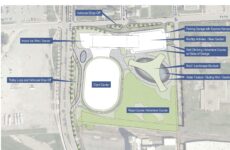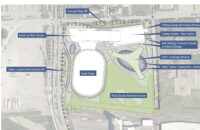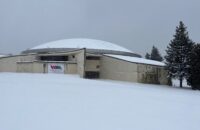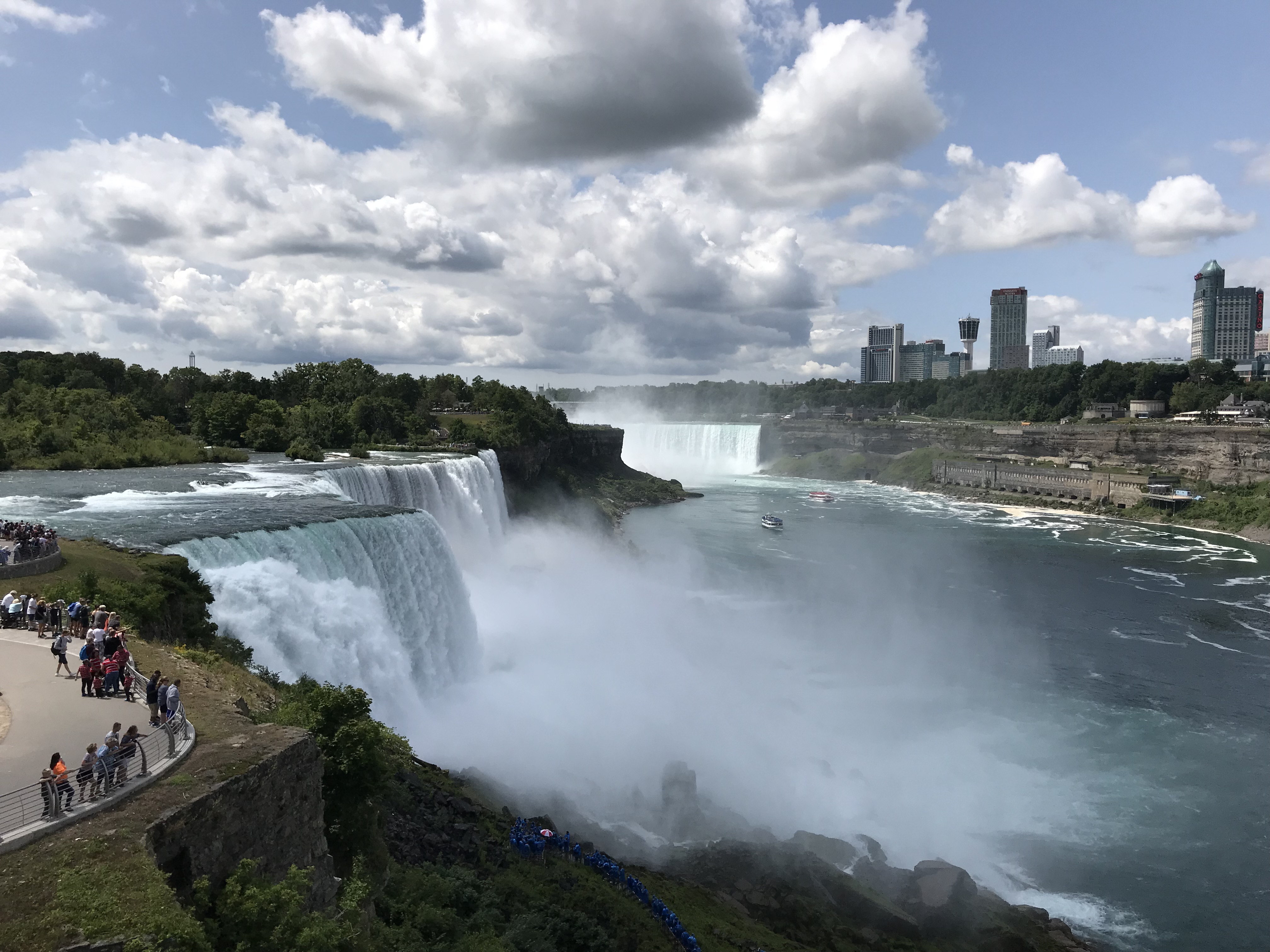Please click the link below to subscribe to a FREE PDF version of each print edition of the Niagara Reporter
http://eepurl.com/dnsYM9
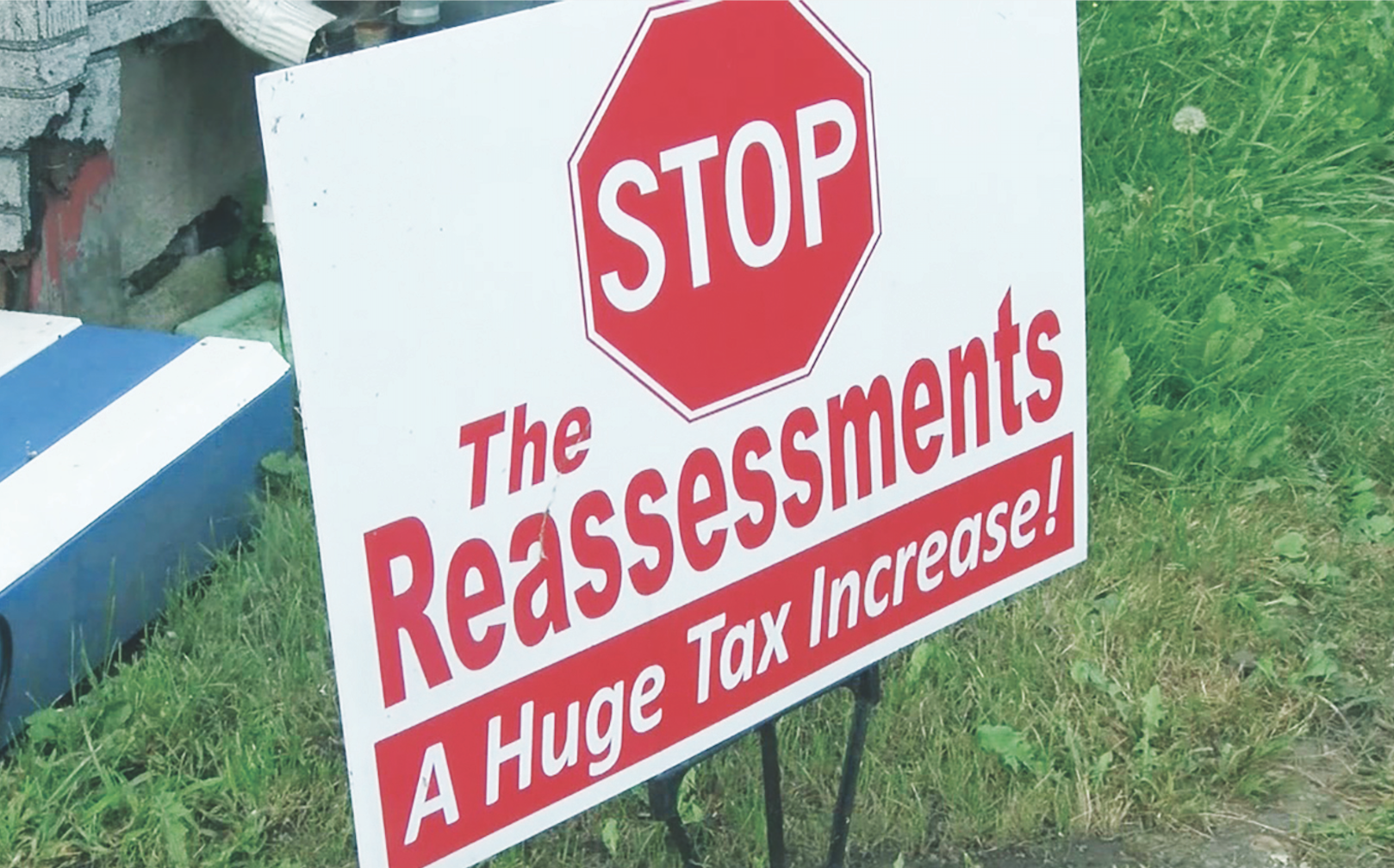
READY FOR A REASSESSMENT?
Land Value Tax – The Devil is in the Details
By: Frank Parlato
Analysis
Seth Piccirillo, who is running for mayor in the Democratic Party primary, wants to switch the way the City of Niagara Falls taxes property, if he is elected.
The way taxes work now in this city [and every other city in the USA] is that real estate, which consists of both buildings and homes [structures] and land, are taxed based on their value.
Land is taxed based on assessed value and structures on the land are also taxed at assessed value.
This combined tax – on land and structures- based on assessed value – is supposed to tax property based on what the property is worth.
A property with a higher market value is supposed to pay a higher tax than a property that is worth less.
Seth wants to change that.
He wants to tax only land. Raise the taxes on the land and eliminate taxes on the structures built on the land.
It is not being done anywhere in the USA. But it has been tried in the past, mostly unsuccessfully it seems.
Seth’s idea – that taxes be paid on land only – is called Land Value Tax or LVT.
His idea, if implemented, would be, in effect, a reassessment and, like all reassessments, some will end up paying more and some will pay less in property taxes.
Big Buildings Will Get Tax Break
With a Land Value Tax, the winners would be rich people who own big buildings, high rises or mansions on comparatively smaller lots. For example, the Hamister hotel in Niagara Falls is on a lot not much bigger than the footprint of the hotel. If Seth’s LVT plan were to pass [it needs state legislative approval, as well as council approval], the Hamister hotel will pay taxes only on the smallish lot and not on the five-story hotel that sits on the lot.
The Hamister Hotel would have lower taxes than a smaller [and less valuable] hotel with more land. That’s because, with Seth’s plan, only the land is taxed.
Another example would be someone who bought a vacant lot next to their home. They will pay much higher taxes under LVT. The vacant lot is perhaps not worth much, maybe a few hundred dollars, and presently taxes are negligible – maybe $100 per year.
With LVT, the adjacent lot would be taxed the same as if it had a home on it [Remember only the land is taxed – no tax is added for the home or building on it.].
A mansion with a small lot will pay less taxes than a nearby shanty with a larger lot. [Only the land is taxed, not the mansion or the shanty.]
With LVT, vacant land [and all land] is necessarily assessed at a high tax rate to make up for the fact that buildings are not taxed at all.
It Was Tried in Altoona
Altoona PA. tried it. Altoona has a population that is about the same as Niagara Falls – some 45,000. Altoona was the only municipality in the country that taxed property based solely on the value of land.
Altoona started LVT in 2011. It resulted in much, much higher taxes on vacant land. And Altoona ended the experiment five years later.
The mayor and council of Altoona thought that taxing only the land – at a high rate – and no tax on structures -would encourage owners of vacant land to build on their properties, or sell their parcels to those who would. Since the tax on vacant land would be the same as the tax after they built a hotel or apartment building, why wouldn’t it work?
It was portrayed as a way to boost a struggling city, a way to force developers to build on vacant land.
The idea was that, by eliminating taxes on buildings, the land value tax system would spur construction and increase density in the downtown area. Some projects that would otherwise not be developed would be feasible when there was no added tax after the developer built on the land.
It didn’t work. In 2016, Altoona went back to the old way – a tax on land and structures based on assessed values.
The mayor of Altoona said, in effect, that there was no impact on development from LVT.
It was supposed to discourage landowners from holding vacant land, because it imposed a high tax whether or not one developed the land. It worked the opposite. It scared off potential business development in Altoona, said Mayor Matt Pacifico.
Developers did not come to town to buy land – because land was taxed so high.
It discouraged purchase of vacant lots that resulted from demolition of blight, because neighbors who might otherwise buy those lots for side yard beautification hesitated, because of the high taxes they’d owe, said Councilman Matt Cacciotti.
Failures in Pittsburgh and Allentown
Pittsburgh also tried a variation of the LVT [It was not pure LVT, as Seth proposes. Pittsburgh taxed land high and structures at a low tax]. This led to a drastic increase in assessed land values and the system was abandoned in favor of the traditional property tax in 2001.
Allentown PA. also had a variation of LTV. They wound up having to raise taxes by 27 percent for 2019.
Abandonment of Land Reduces Tax Base
The problem with LVT is, when land is taxed too high, abandonment follows. Less people pay taxes. Then taxes must go up for those who remain. And because land is taxed so high, land values go down, not up.
Seth’s View
While in Altoona, nobody wanted to develop and the expected new business never happened. And five years later, there were no clear examples of projects or investments made because of the land tax system. But Seth sees it the opposite:
He says the city’s present “two-tiered tax system [taxing land and structures] punishes small businesses. Meanwhile, land speculators comfortably occupy acres of vacant land that could be used for development. The solution … is … a Land Value Tax.
“While traditional property taxes increase as the value of the buildings on a piece of land increase, land value taxes are based solely on an appraisal of the land’s value. Land… should be taxed … regardless of what buildings occupy that land.”
Reassessment
In the end, LVT means, of course, tax reassessment. That often means higher taxes for people overall. It may also mean abandonment of vacant land by owners who presently maintain it and pay taxes on it. These will likely revert to the city.
LVT shifts from people paying property taxes based on market value to where everyone, rich and poor, pay based on land only.
Land is cheap in Niagara Falls, for there is little demand. So the taxes – to pay for an expensive city government – will have to be hiked – on land enormously.
It will create inequities and, if Altoona is any example, it likely will spur little or no development.
But maybe Seth knows something the rest of us – including the rest of the country- does not.
One thing is sure, at the end of the day, LVT will increase taxes for some – both rich and poor – and reduce it for others – also both rich and poor.
Large building owners will likely gain the most.
Homeowners with larger than average lots will likely be hit the hardest.
And no one knows for certain who will gain and who will lose.
Seth is proposing – under the name of Land Value Tax – a tax reassessment – and since taxes pay for it – the LVT is likely to raise taxes – in order to pay for bloated Niagara Falls government.
Today, every city in the United States has property tax on both land and structures on the land, including Niagara Falls.
And Seth wants to change that.
His idea that high taxes on vacant land [and no taxes on buildings] will make people want to develop in Niagara Falls. It may have the opposite effect.



